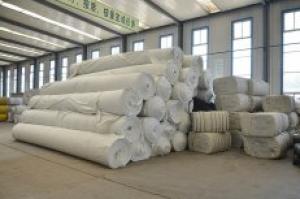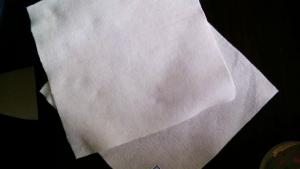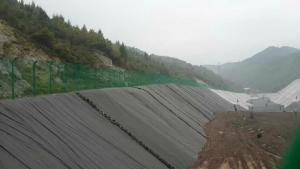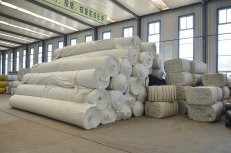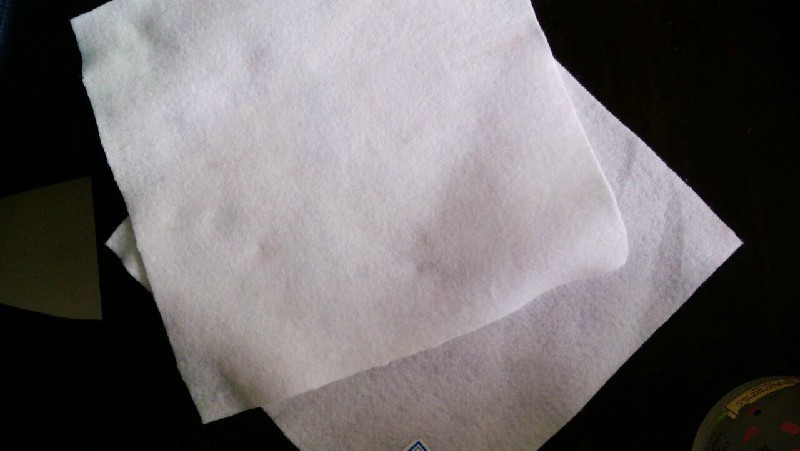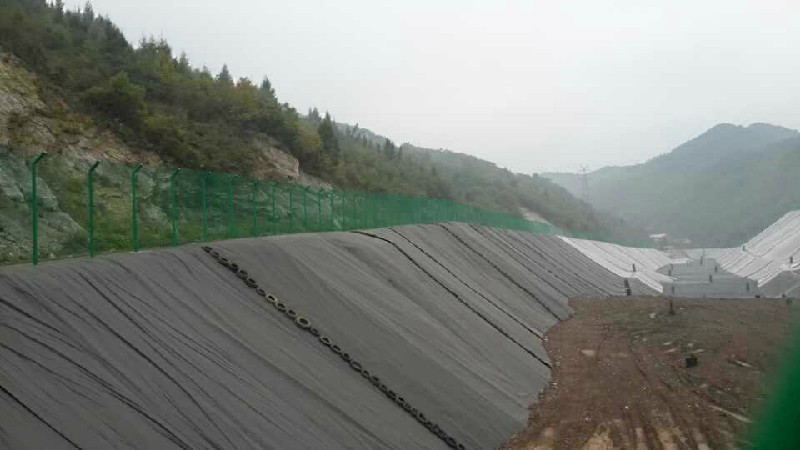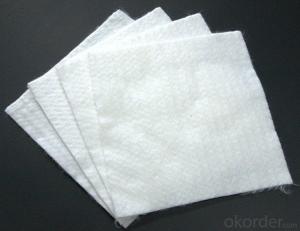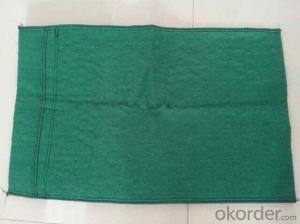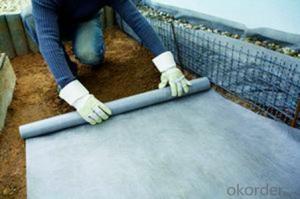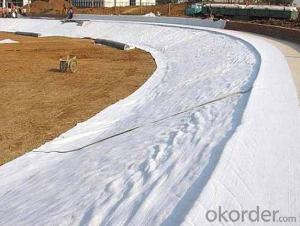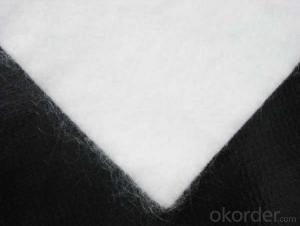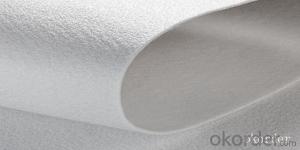Kain Geotextile Non Woven Filter Cloth for Road, Railway, Tunnel Canal
- Loading Port:
- Tianjin
- Payment Terms:
- TT OR LC
- Min Order Qty:
- 1000 m²
- Supply Capability:
- 50000 m²/month
OKorder Service Pledge
OKorder Financial Service
You Might Also Like
Nonwoven Filter Cloth Hatching Eclosion forRoad Railwayfor Road Railway Tunnel Canel Tunnel Canel; Filament Geotextile
It has bigger pore between fibers than other textiles, made from PET, PP, Rfibers by nowoven tech
Nology, with spray adhesive and drying process.
Types of Nonwoven FilterCloth Hatching Eclosion for Road Railwayfor Road Railway Tunnel Canel TunnelCanel
L. Lndustrial filter cloth
2. Filter bag, dust removal and filter bag at high temperature
3. Air filter cloth
Property of NonwovenFilter Cloth Hatching Eclosion for Road Railwayfor Road Railway Tunnel CanelTunnel Canel
I. Flat surface, high strength, bigger pore, excellent drainage property
2. Filter, dust removal and antistatic property
3. Thermo stability, anti-corrosion and fire resistance
Application of Nonwoven Filter Cloth Hatching Eclosion for Road Railwayfor Road RailwayTunnel Canel Tunnel Canel
I. Air filters for household appliances
2. Oil filters for motor vehicles
3. Dust precipitation in environmental field
- Q: How do geotextiles help with stabilization of railway tracks?
- Geotextiles play a crucial role in stabilizing railway tracks by providing reinforcement and separation between different layers of the track structure. They prevent the mixing of materials, such as subgrade soil and ballast, while also reducing the lateral movement of the ballast. Geotextiles enhance the overall stability and load-bearing capacity of the track, reducing maintenance needs and extending its lifespan.
- Q: Geotextile water filter?
- Geotextile is used to filter the water, mainly to see where to use, and then consider the thickness of the cloth.
- Q: The difference between lap and stitching
- In terms of popularity, the lap is a kind of overlapping, overlapping with each other interface method; and seam law is not overlapping, the use of docking method, will inevitably leave the gap, so called seam method. These two methods are used for geotextile construction, the construction requirements: When the use of lap connection, lap length should be 0.3 ~ 0.9m, the use of seam method, the bonding width of not less than 50mm, bonding strength of not less than The tensile strength of the material. On-site construction of the upper and lower joints should be staggered, staggered length of not less than 0.5m.
- Q: What are the specifications for geotextiles used in geosynthetic tubes?
- The specifications for geotextiles used in geosynthetic tubes typically include factors such as tensile strength, puncture resistance, permeability, UV resistance, and durability. These geotextiles are usually designed to provide high strength and stability while allowing water to pass through, effectively filtering sediment and retaining soil within the geosynthetic tube. Additionally, they are often required to withstand harsh environmental conditions and maintain their performance over an extended period of time.
- Q: How do geotextiles help with separation and stabilization in railroads?
- Geotextiles help with separation and stabilization in railroads by acting as a barrier between the subgrade and the ballast layer, preventing the mixing of materials and maintaining the integrity of the track structure. They also provide reinforcement by distributing loads more evenly, reducing settlement and promoting overall stability.
- Q: Can geotextiles be used in foundation drainage systems?
- Yes, geotextiles can be used in foundation drainage systems. Geotextiles are commonly used as a filter fabric to prevent soil particles from clogging drainage pipes and to promote water flow within the system. They can effectively enhance the performance and longevity of foundation drainage systems by improving water drainage and preventing soil erosion.
- Q: Can geotextiles be used in erosion control on riverbanks?
- Yes, geotextiles can be used in erosion control on riverbanks. Geotextiles are permeable fabrics that can be placed on the surface of the riverbank to stabilize the soil and prevent erosion. They help in retaining soil particles while allowing water to pass through, thereby reducing the impact of flowing water on the riverbank and preventing further erosion.
- Q: Can geotextiles be used in green roof drainage systems?
- Yes, geotextiles can be used in green roof drainage systems. Geotextiles, which are permeable fabrics, can be placed within the drainage layer of a green roof system to enhance water flow and filtration. They help to prevent clogging and ensure efficient drainage, promoting healthier plant growth and preventing water accumulation on the roof.
- Q: Which big god has the relevant documents? bow down!
- Mainly from the anti-seepage, to prevent the role of soil erosion, I am specializing in the production of geotextiles, wish smooth
Send your message to us
Kain Geotextile Non Woven Filter Cloth for Road, Railway, Tunnel Canal
- Loading Port:
- Tianjin
- Payment Terms:
- TT OR LC
- Min Order Qty:
- 1000 m²
- Supply Capability:
- 50000 m²/month
OKorder Service Pledge
OKorder Financial Service
Similar products
Hot products
Hot Searches
Related keywords
